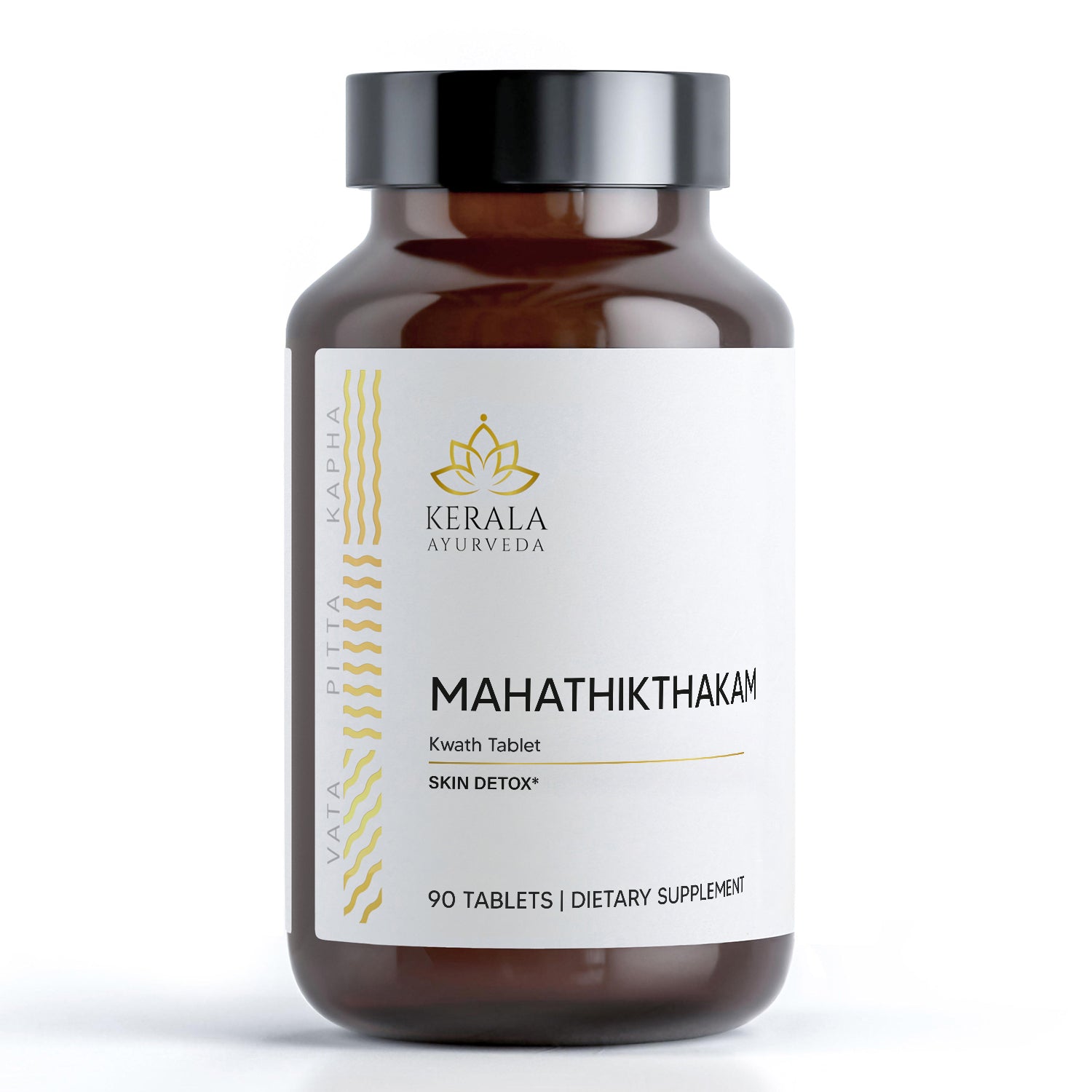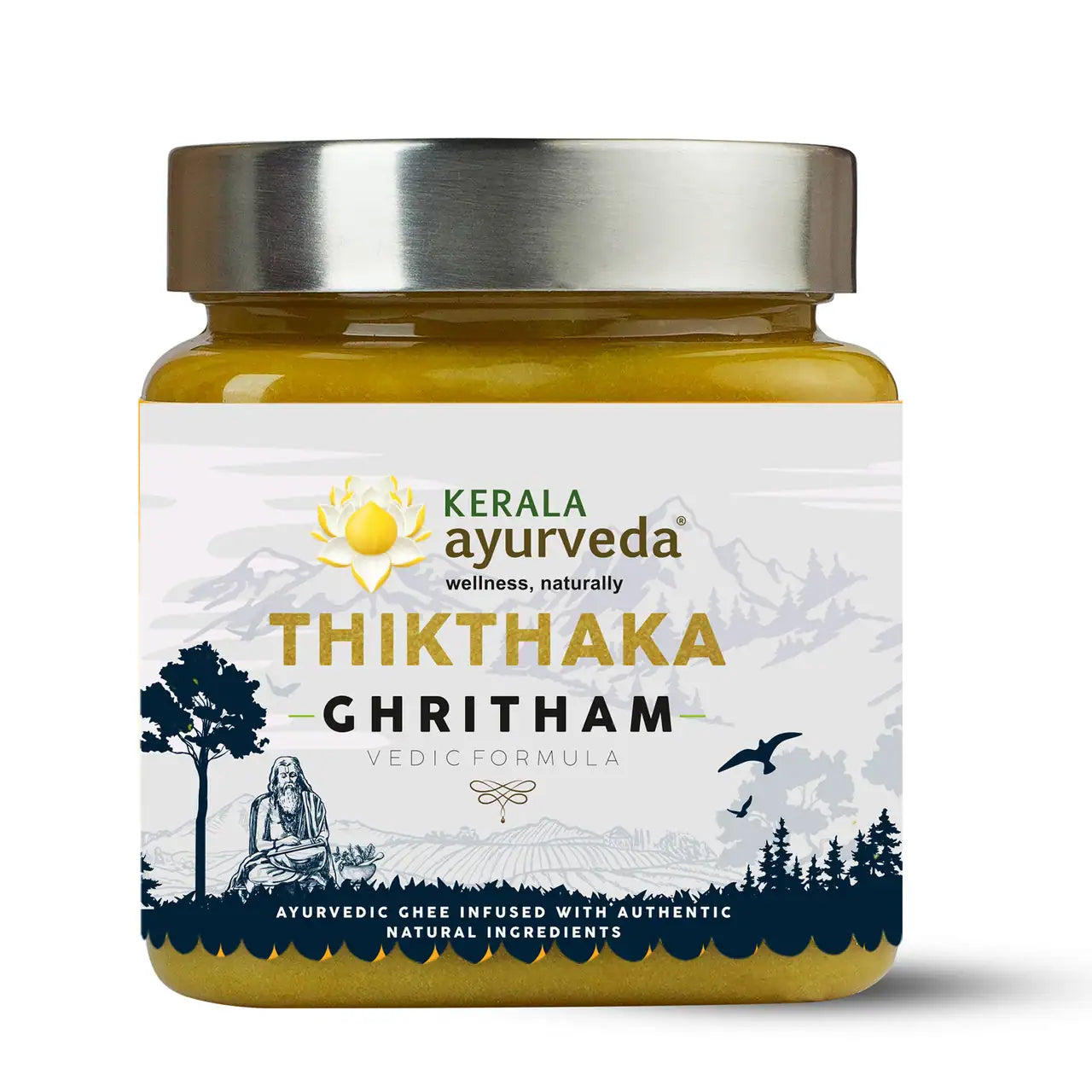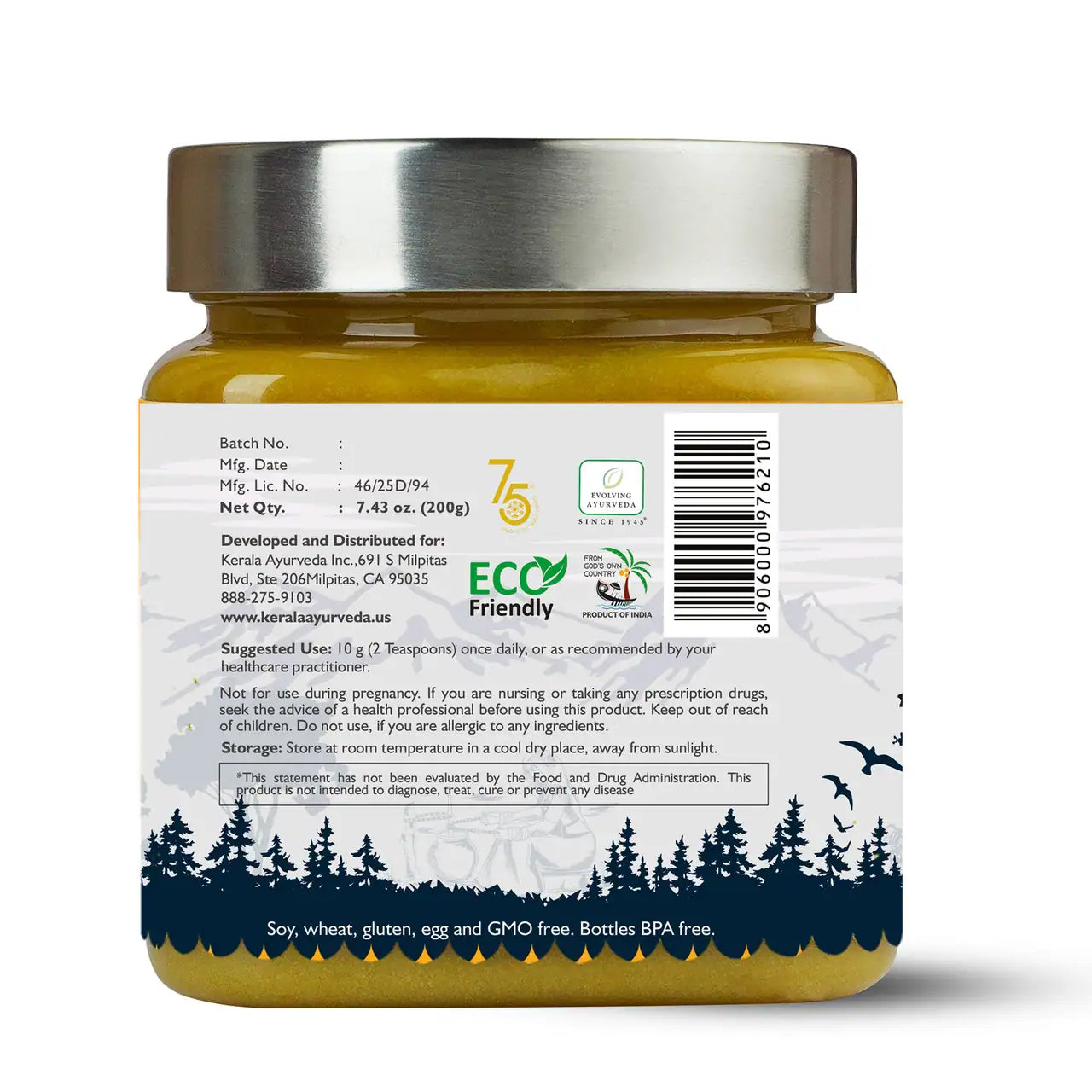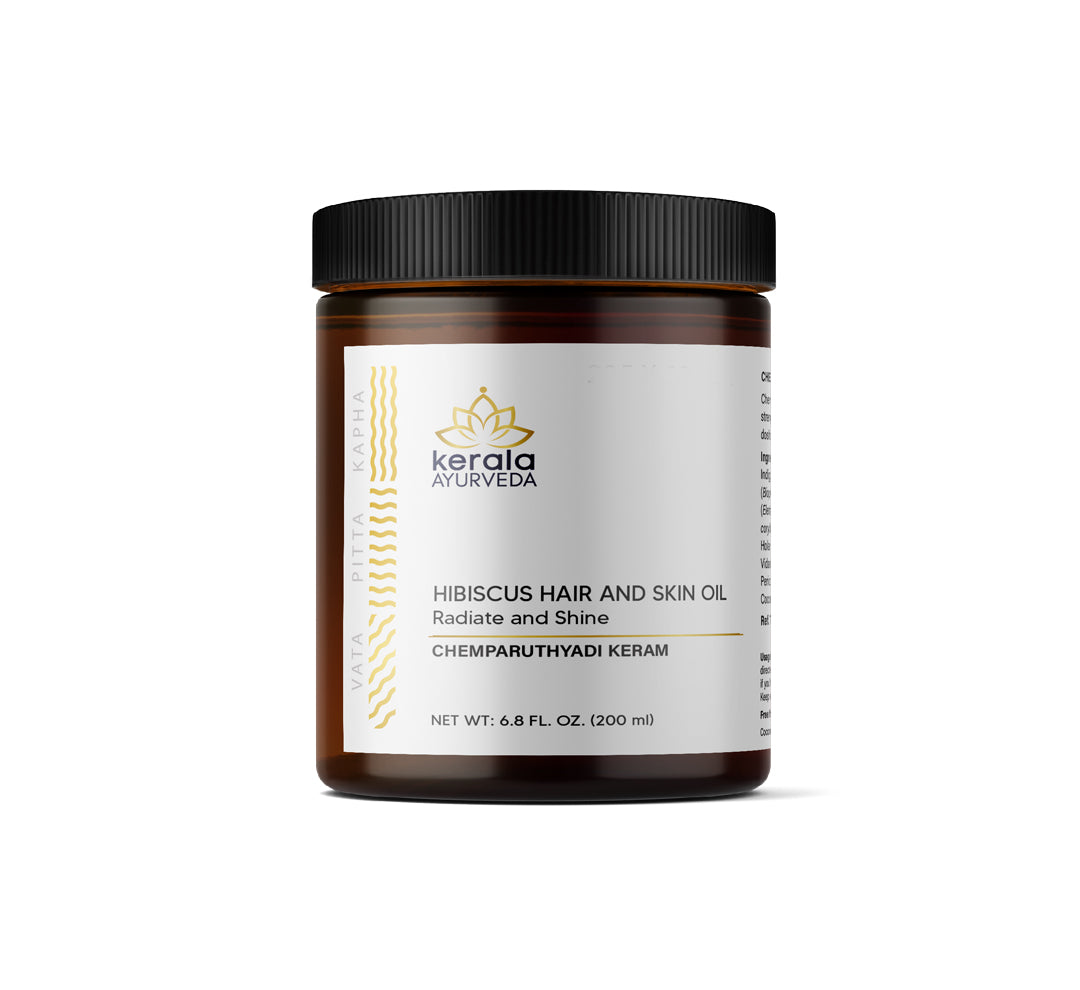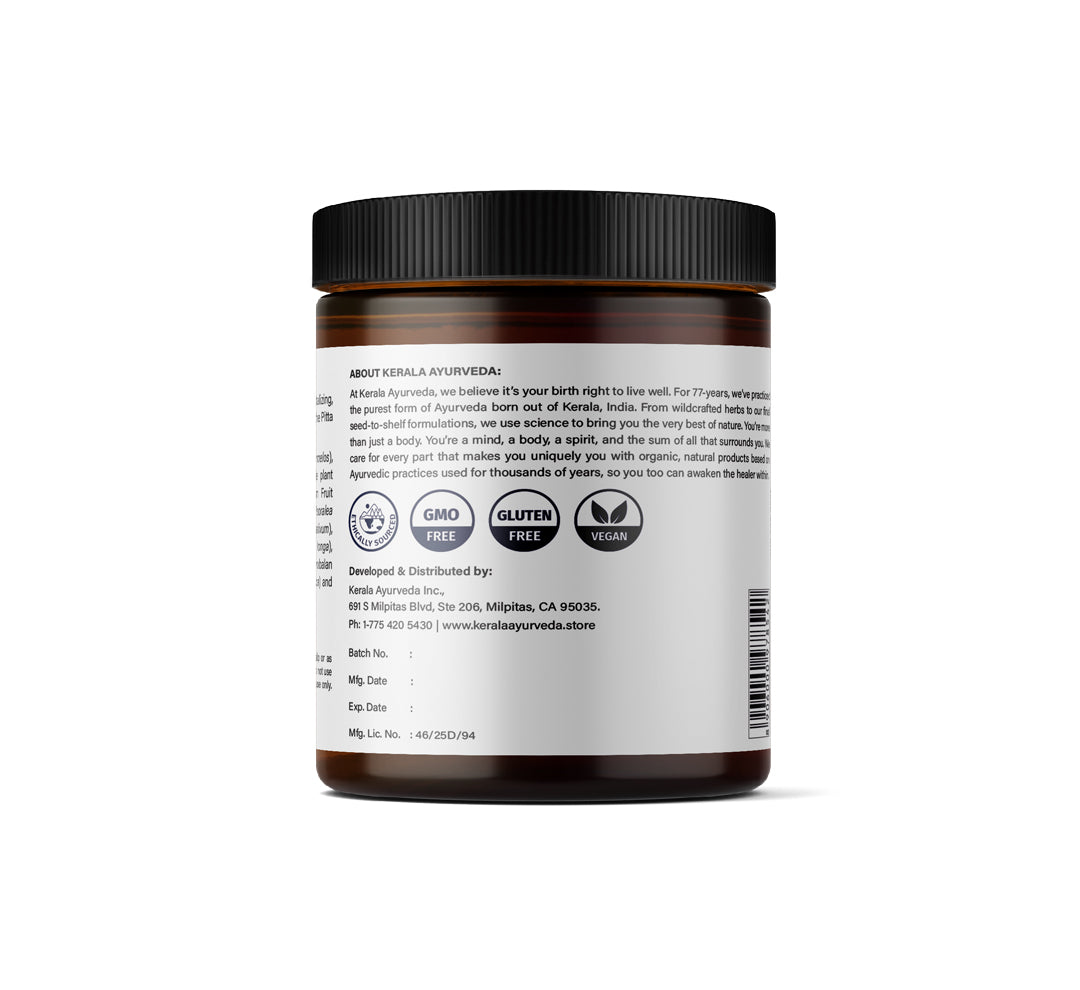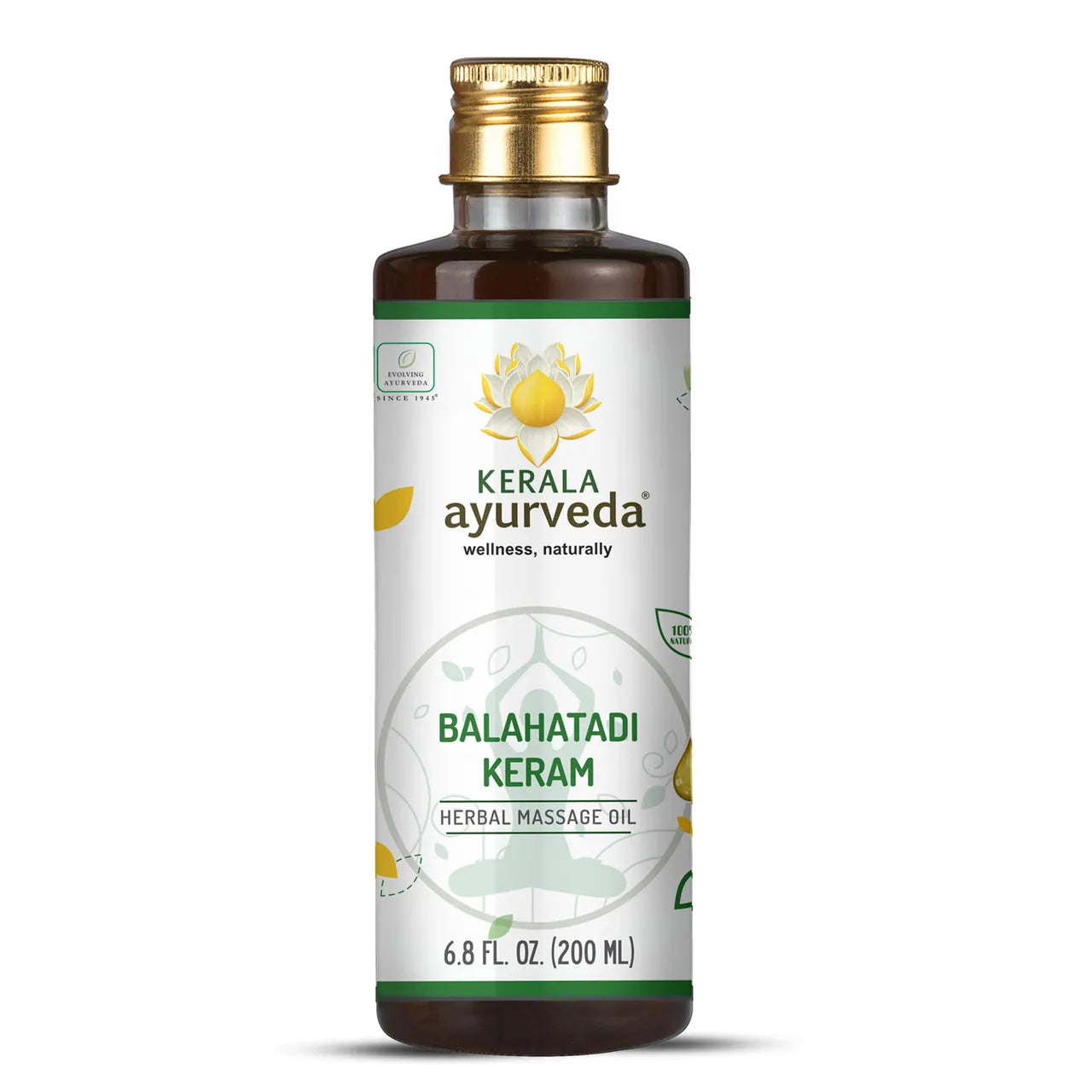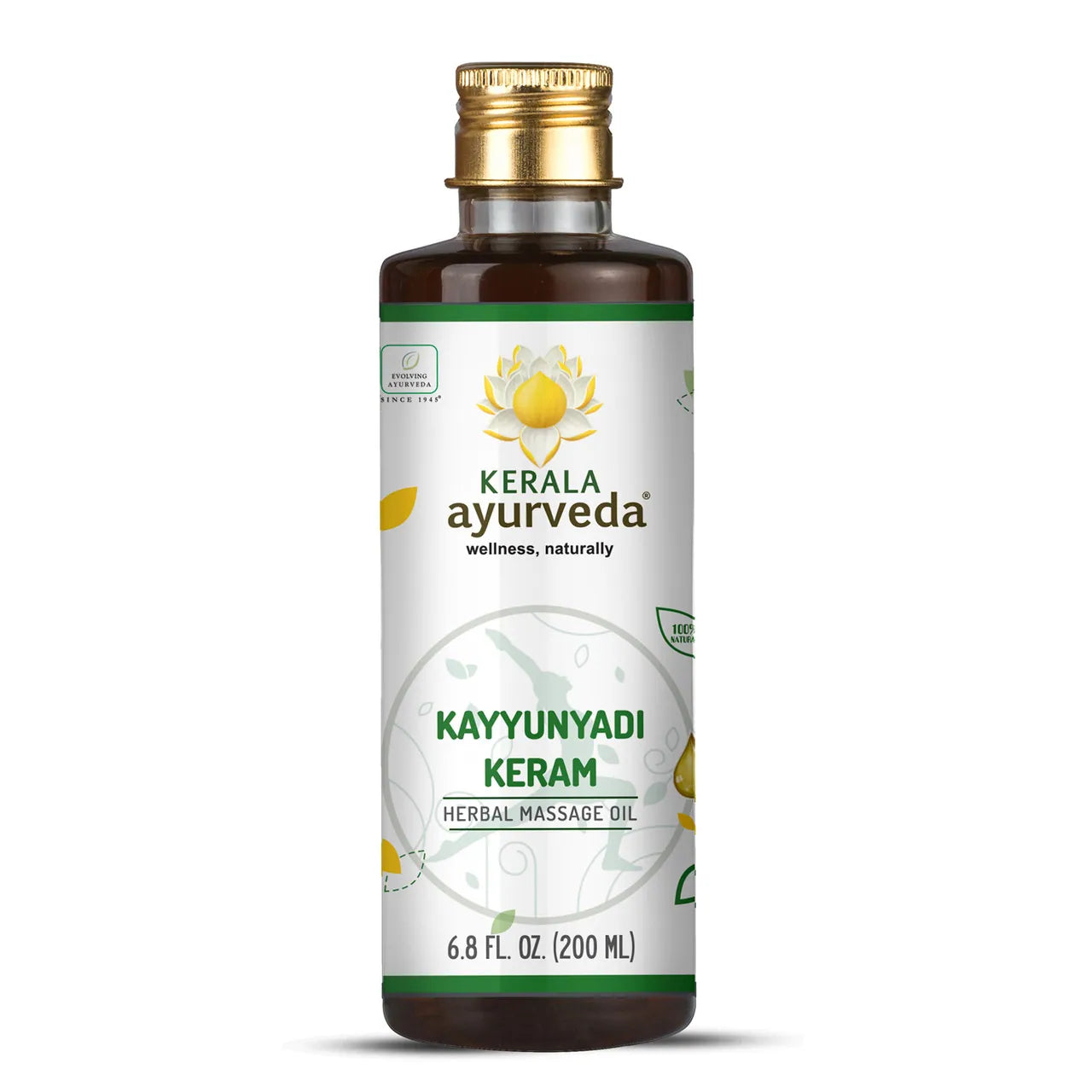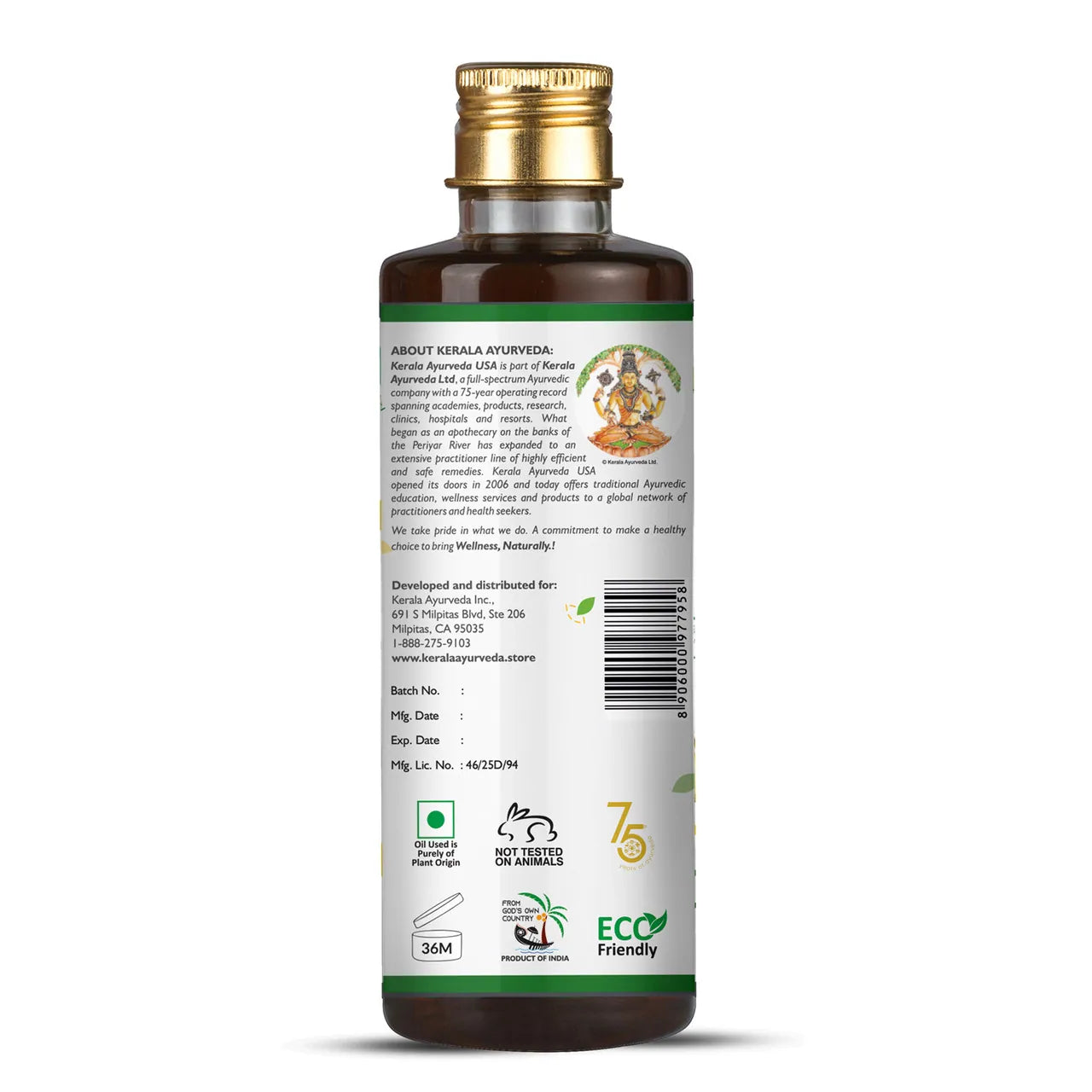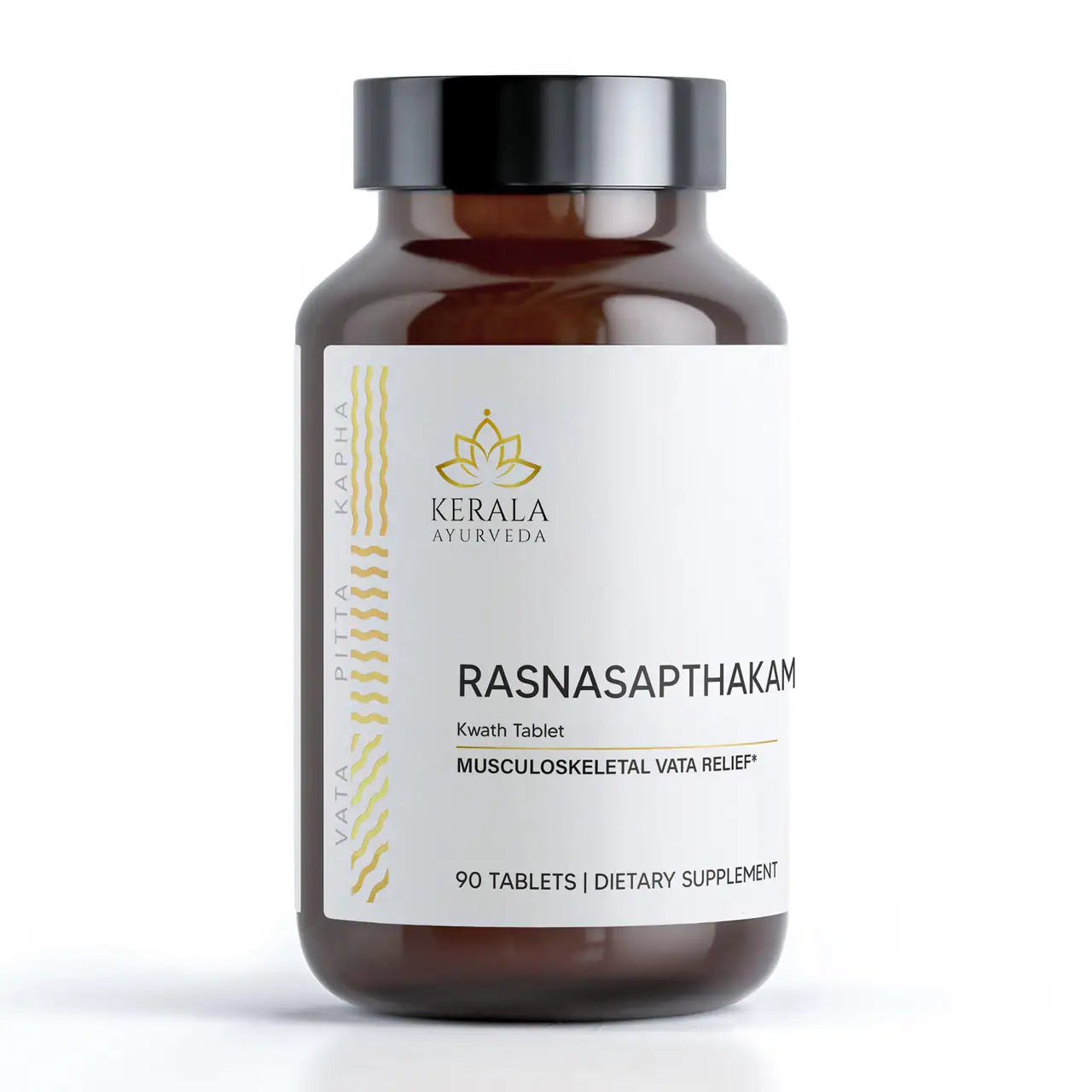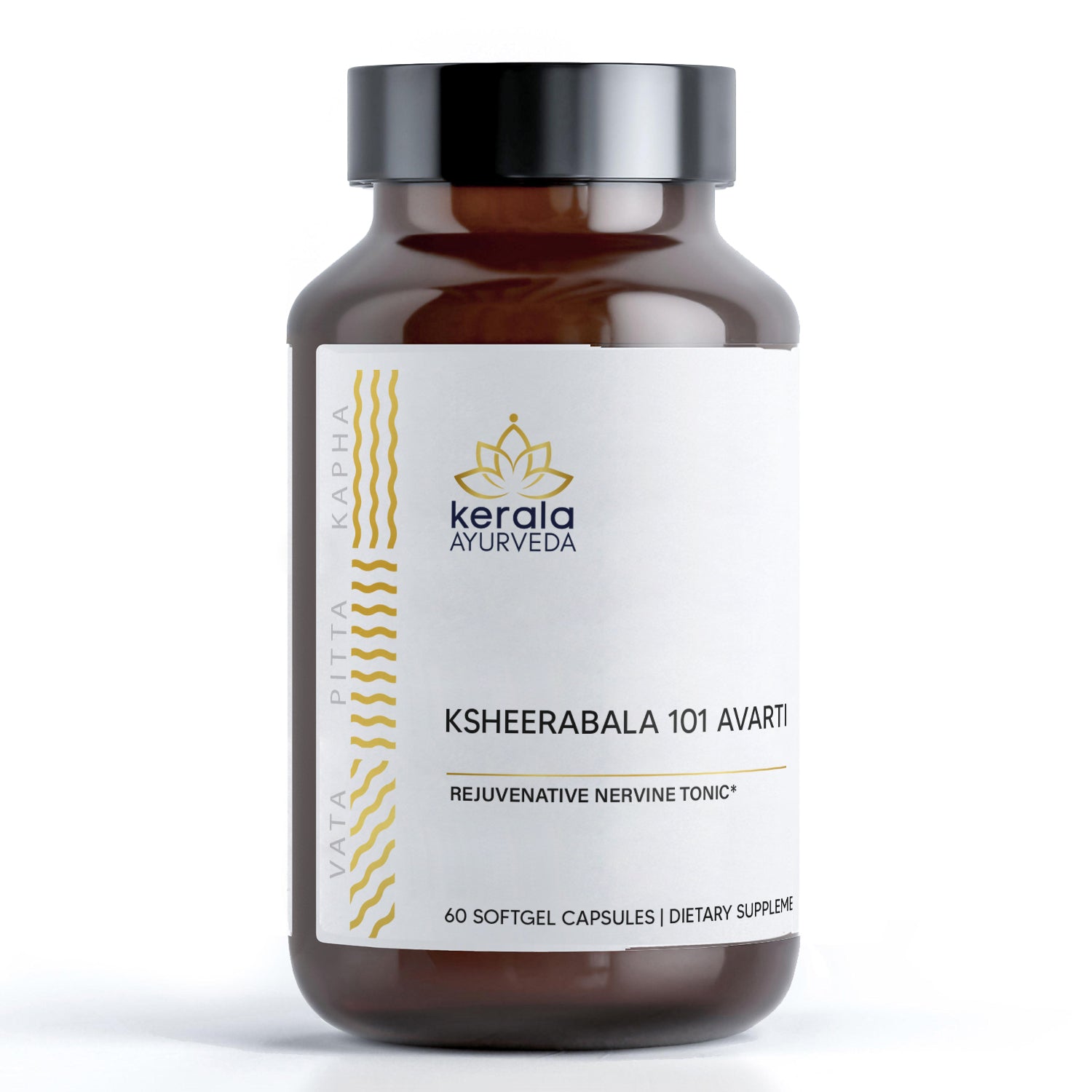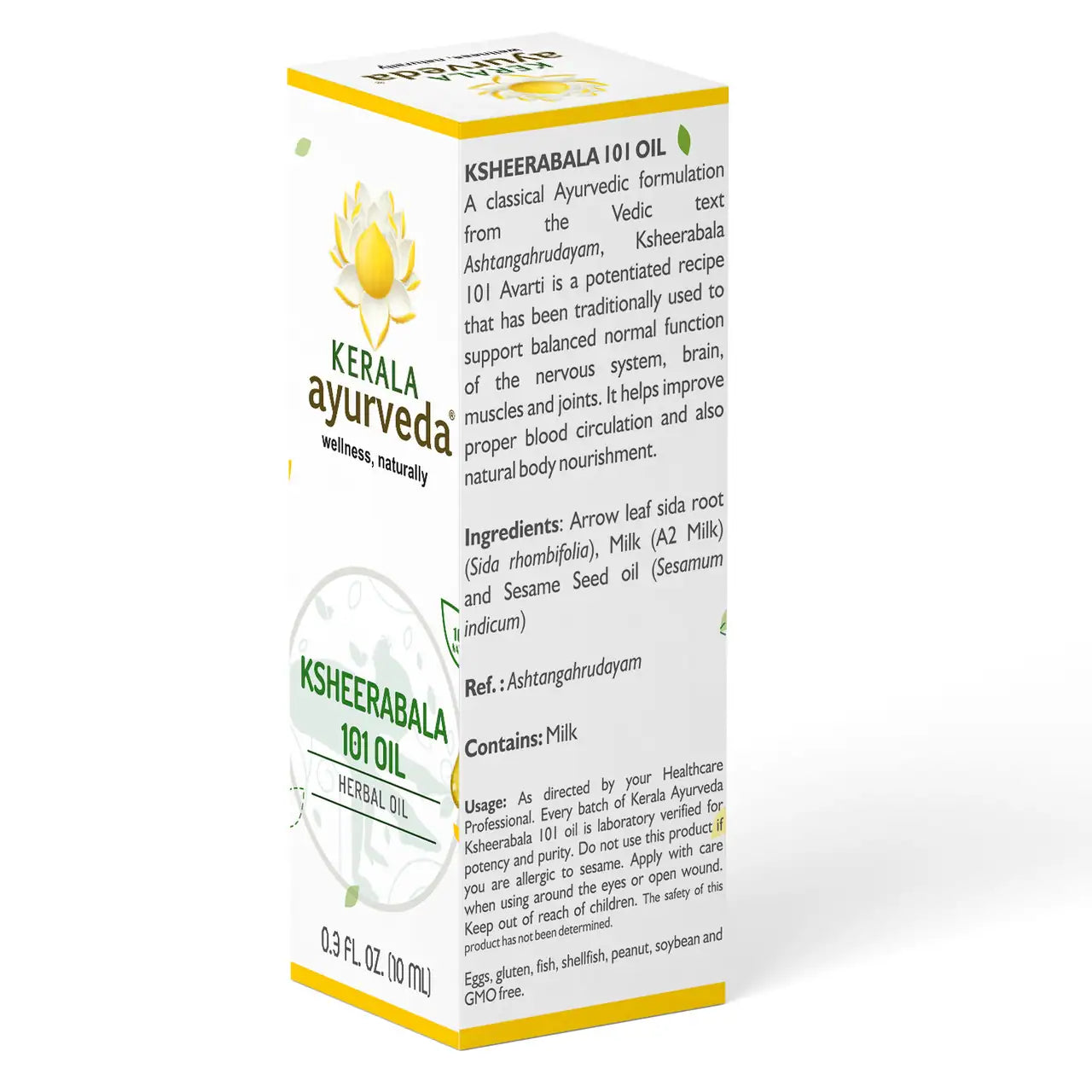Highlights
Ojas - Your Inner Bliss
The healthy functioning of the body, mind, and consciousness requires balance — something that Ayurveda maintains through physical and spiritual practices. One method of bringing balance to the body is through pacifying and supporting your three Doshas — Vata, Pitta, and Kapha. Another closely related method is to strengthen the Ojas.
When you’re under extreme stress, not getting adequate rest, or not eating properly for the season and your dominant Dosha, the Ojas in your body may become depleted. Ojas can also take a hit after extreme illness or major life transitions.
Before you can understand how to increase Ojas and maintain robust Ojas, though, it is important to know what Ojas is and how it acts to sustain the body, mind, and consciousness.
What Does Ojas Mean?
In Sanskrit, the word Ojas means “vigor.” Ojas is the life force that supports the most vital systems of our body while keeping us resilient through illness and external changes.
The vitality that Ojas provides our entire body and being comes from its ability to store mental and physical energy.
What is Ojas in Ayurveda?
Ojas is more subtle than the three doshas yet is a force that is synergistic with Doshic balance. In Ayurveda, Ojas is one of three subtle essences; the other two are known as Prana and Tejas. Ojas is the essence of the seven bodily tissues: plasma, blood, muscle, fat, bone, nerve, and reproductive tissues.
Considered the essence of the Kapha Dosha in Ayurveda, Ojas is an energy reserve that fuels spirituality, mood, sleep, physical strength, and fluids in the body. It also works on a more emotional and energetic level, like a shield protecting you from negative energies and thoughts. Metaphorically speaking, Ojas in Ayurveda is like a nectar or sap that flows through the body physically and spiritually bringing radiance to every part of the body and consciousness.
According to the ancient texts of Ayurveda, Ojas exists as eight drops in the heart that pervade the body and mind. When the mind, thoughts, and subconscious are purified, they are also considered Ojas.
What is Ojas in Yoga?
While in Ayurveda, Ojas supports the immune system, healing, rejuvenation, and longevity, in yoga Ojas is more connected with the spiritual. The yogic tradition sees Ojas as something to be cultivated for a clear mind, motivation, inner strength, and more powerful meditation practices.
To connect with your Ojas in meditation, you can use this simple exercise:
-
Find a quiet space to get comfortable. Gently close your eyes.
-
Relax and let your breath become steady and smooth.
-
Bring your focus down to your belly, holding it here until you feel a sensation. Then, send that sensation to your heart.
-
Remember a time when you felt deeply loved, hold that memory in your heart, and feel the sensation grow.
-
Allow this warm, loving sensation to expand through your entire body. Strengthening your cells, clearing your energy, and building your Ojas.
What Can Cause Low Ojas?
Low or imbalanced Ojas can occur when stress levels are particularly high, after a prolonged illness, when seasons are shifting, or when major life events occur. Ojas is also impacted by an imbalanced diet. Processed foods, refined sugar and flour, and alcohol in excess can really deplete Ojas.
When Ojas is low, you may notice signs of waning well-being and a lack of vigor in your body. Some signs are dull, dry, pale skin, low energy, brain fog, leg aches, increased sensitivities, and susceptibility to illness. Feelings of despair, discontent, and restlessness can also be attributed to low Ojas— if medical conditions have been professionally ruled out.
The effects of low Ojas can take a while to be noticeable because they are produced on a 27-30 day cycle.
When you eat, your body begins breaking down the food into physical energy right away. Within a day or so, that food will be completely digested, at which point the nutrients from the food will become refined, and, over time, the seven tissues of the body will be nourished. Only after this is completed, Ojas is produced, hence the nearly month-long cycle of Ojas.
How Do You Balance Ojas?
Addressing the basic tenets of wellness and well-being is a great place to start balancing your Ojas. Managing stress with healthy coping skills, getting enough sleep, exercising regularly, and eating well will always support the health of your Ojas.
How to Increase Ojas
Eating the correct foods for the current season and for your dominant dosha is especially helpful. Foods that are fresh, unprocessed, organic, and seasonal are also best for creating vibrant Ojas. According to Ayurveda, Ojas increasing foods can be a great addition to your diet if your Ojas is feeling particularly low. These foods include tofu, dates, bananas, almonds, avocados, and sweet potatoes.
Consider incorporating Abhyanga daily massage into your routine, a cornerstone practice in Ayurveda. Ojas are greatly bolstered by this self-care ritual.
Ojas & Immune Health
According to Ayurveda, Ojas is one of the main factors responsible for a person’s immunity. When the Ojas is thriving, it supports the immune system and helps fight off physical ailments, which is why it is crucial to nourish and recharge your Ojas for immune balance.
Building Ojas with practices and herbs from Ayurveda is another great option when your regular self-care practices aren’t quite enough to restore your energy reserves and immunity. Using Ojas for immune balance can also help support extra resiliency during cold and flu season.
We have blended the most powerful immune readiness-supporting herbs into our Immune Balance supplement, which is also known by the name Ojas because of its rejuvenating and rebalancing effects on the whole body.











